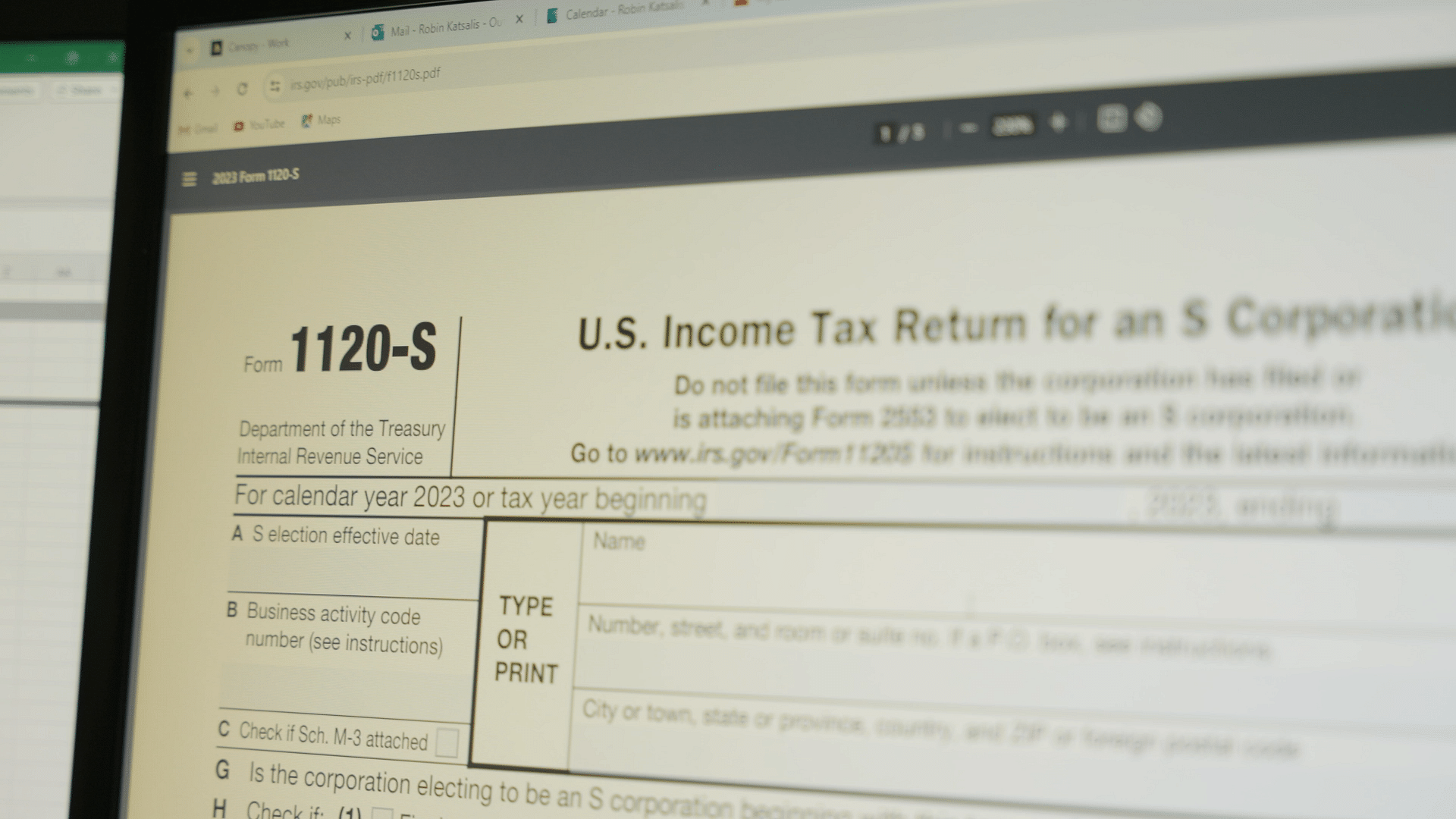
COVID-19 Stimulus Payments. READ THIS NOW!
Apr 3rd, 2020
The Coronavirus Aid, Relief, and Economic Security (CARES) Act recently signed into law provides a one-time payment, among other items, to individuals to help ease the economic strain caused by the coronavirus epidemic.
Here are the details of the stimulus payment initiative.
Who qualifies to receive a payment? A one-time payment of $1,200 will be sent to most adults. For every qualifying child under age 17, families will receive an additional $500. Retirees and people on disability are also eligible to receive a payment.
When will I get my payment? The IRS hopes to get the first batch of payments out the week of April 6. It may take up to a month for everyone to get their payment, assuming everything goes as planned.
How are payments being made? If you included your bank account and routing information on your 2019 tax return, you will receive your stimulus payment via direct deposit. If you haven't filed your 2019 tax return, the IRS will use information from your 2018 tax return. If you did not include your bank account and routing information on either your 2019 or 2018 tax returns, the IRS will allow you to request direct deposit from a screen (under development) from their website. All others will receive their payment via a check in the mail.
Alert! Invalid bank information. If you have not filed your 2019 tax return AND the direct deposit information on your 2018 tax return is no longer valid (you have a new bank account or closed your old one), you will need to take action immediately! If you do nothing, the bank deposit will, hopefully, be rejected and you will receive your check in the mail. Expect a delay, however, as it may take some time to receive a check by mail. You can also try calling the IRS to update your information.
Will I get the entire amount? As with other government programs, there is an income phaseout. Here are the thresholds:
Single adults with income of $75,000 or less get the full $1,200. The $1,200 payment is reduced by $5 for every $100 in income above $75,000. Full income phaseout is $99,000.
Married couples with income of $150,000 or less get the full amount of $2,400. The payment is reduced by $5 for every $100, making the full payment phased out at $198,000.
Head of Household adults (normally single adults with children or other dependents) will receive the full $1,200 payment if they earn less than $112,500. Reduced amounts will go out to Head of Household adults who earn up to $136,500.
How will my income be calculated? Your 2019 tax return will be used to determine your income for purposes of whether you receive the full amount of the stimulus payment and how many qualifying children you have. If you haven't filed your 2019 tax return, your 2018 tax return will be used.
Alert! File a tax return. If you have low income or someone who does not typically file a tax return, you may wish to do so. A simple tax filing is all that is needed to ensure you receive the stimulus payment. Eventually, instructions to do this will be available on www.irs.gov/coronavirus.
Senior Alert! Seniors who did not file a tax return in 2018 or 2019 will automatically receive the payment based upon forms 1099-SSA and RRB-1099s. (April 1, 2020 U.S. Treasury press release)
Alert! Don't use my current situation. It may make sense to get your 2019 tax return in immediately. Figure out if phaseouts using last year's information lowers your payment amount. If so, you may wish to file your 2019 now. So pull out last year's return and take a look!
Are the payments taxable? No. These payments are not taxable.
Remember, this is only one of the many relief components in recently passed legislation. There are also unemployment benefits, small business benefits and much more to come.


Let’s Help Eliminate Your Stress
If you choose Appletree Business Services for your bookkeeping, payroll or tax needs, you’ll find that good things begin to happen in your business. Your common financial challenges will become simple with a clear map to create your ideal situation. More than that, we’ll identify your “typical” stresses and help make them go away.